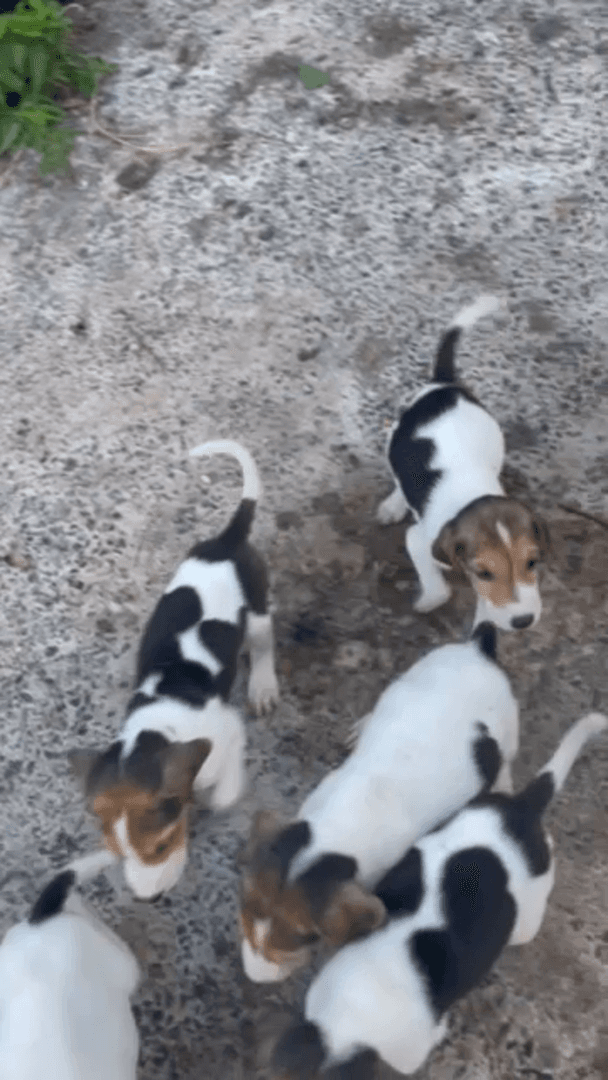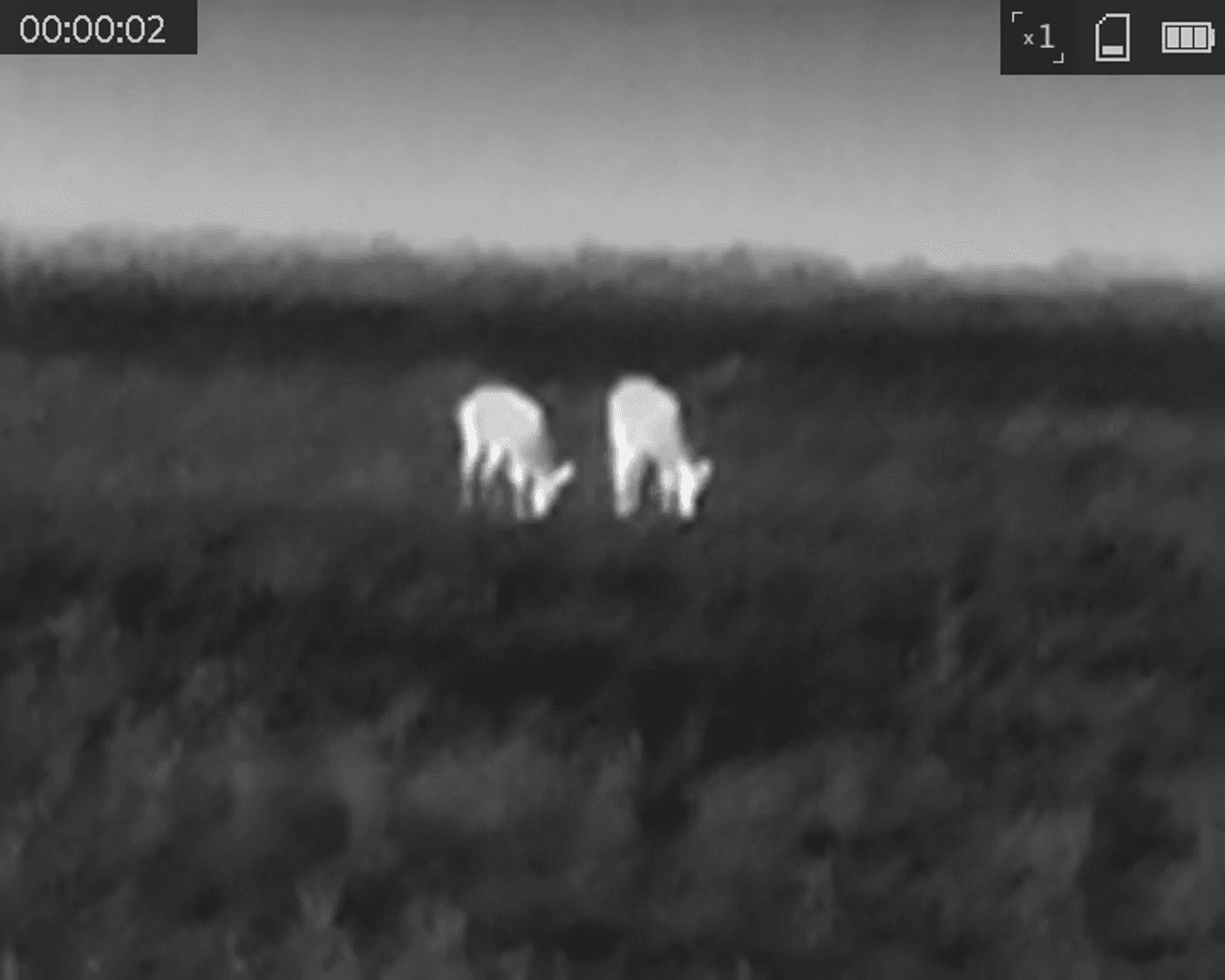
Hare hunting in Tipperary: a time-honored tradition in Ireland. Explore Tipperary's rich hunting heritage, Demographics, Laws and Seasons Tipperary, located in the Irish province of Munster, is famous for its deep-rooted tradition of hare hunting. With extensive farmland, rolling hills and open fields, Tipperary offers the perfect environment for practicing this ancient sport. This guide contains important information for hunters and horse racing enthusiasts, covering geography, demographics, hunting types, seasons, legislation, and local traditions. Geographical and natural features of the region in terms of hunting The landscape of Tipperary is characterized by fertile farmland, open fields and rolling hills, which are an ideal habitat for hares. The region's mild climate and well-tended agricultural lands ensure a healthy population of hares. Key areas for hunting hares are Golden Vale, one of Ireland's most fertile regions, and the flat fields around Clonmel and Thurles. The open area provides excellent visibility and good chase, making Tipperary an ideal location for hunting hares. Hunters and demographics of the region Although the exact number of hare hunters in Tipperary is not publicly available, the sport is very popular with locals and visitors alike. Tipperary attracts participants from all over Ireland, especially during the annual horse racing competitions. The horse racing community is active, with many members participating in local clubs and events. This sport is deeply rooted in the rural culture of the region, and many generations of families participate in and support hare racing. Hunting features Hare hunting in Tipperary involves the use of specially trained greyhounds to hunt hares in controlled conditions. This sport develops the skill and agility of dogs, as well as the natural instincts of the hare. Running competitions are usually held in open areas where strict rules are followed to ensure the well-being of both hares and dogs. To be successful in this sport, participants must have a good knowledge of the terrain and the behavior of hares. Types of hunting in the region. Hunting animals in the region Tipperary is primarily known for hare hunting, but there are other hunting opportunities here: - Hare Hunting: The region is renowned for its well-organized hare hunting activities, especially during the winter months. - Feathered game hunting: Pheasants and woodcocks are found in forests and lowlands. - Small Game Hunting: Rabbit hunting is practiced in open fields and farmlands. Hunting seasons in the region Hunting and running seasons in Tipperary are regulated to ensure sustainable wildlife management.: - Hare Hunting: The hunting season usually lasts from September to February, which coincides with the annual hunting gatherings. - Hunting game birds: The pheasant and woodcock hunting season usually lasts from October to January. - Small game hunting: Rabbit hunting is allowed all year round, but local restrictions may apply. Always check the latest regulations with the National Parks and Wildlife Service (NPWS) or with local authorities. Associations and clubs of hunters in the region There are several active skating and hunting clubs in Tipperary, including: - Tipperary Equestrian Club: Promotes ethical equestrian sports and nature conservation. - Irish Equestrian Club: The governing body for equestrian sports in Ireland, responsible for organizing events and ensuring welfare standards. - Local gun clubs: Many communities have clubs that organize shooting and other activities throughout the year. These organizations are excellent resources for networking, training, and learning about local hunting and running conditions. Hunting legislation in the region Hare running and hunting in Tipperary are regulated by Irish law, which requires participants to obtain appropriate licenses and permits. The basic rules include: - Hare Running Permits: All hare running events must be licensed by the Irish Runners Club and comply with strict social security requirements. - Firearms Licensing: Hunters must have a valid firearms certificate for hunting poultry and small game. - Landowner's Permit: A written permit is required for hunting or playing sports on private land. For the most accurate and up-to-date information, contact the National Parks and Wildlife Service (NPWS) or local authorities. Traditions of the region in terms of hunting Hare hunting has deep roots in Tipperary culture, and many families pass on their skills and knowledge from generation to generation. This sport is considered a traditional activity in rural areas, and the annual horse racing competitions are the main social events in the region. These competitions promote a sense of community and preserve the heritage of hare racing in Ireland. Interesting facts about hunting in the region - Tipperary hosts some of the most prestigious hare racing events in Ireland, including the Clonmel Cup, one of the oldest and most respected competitions. - The fertile lands of the Golden Valley are home to one of the largest populations of hares in the country, which makes it a popular place for hunting hares. - Hare walking in Tipperary is closely monitored to ensure the welfare of the hares, and many of them are released back into the wild after the events. The tradition of hare hunting in Tipperary is a unique and exciting aspect of Ireland's hunting heritage. Whether you are an experienced hunter or a beginner in the sport, Tipperary offers an unforgettable experience. Always put safety first, follow local rules and adhere to the traditions that make this region a true paradise for lovers of hunting hares.
Post: 28 May 13:07






































